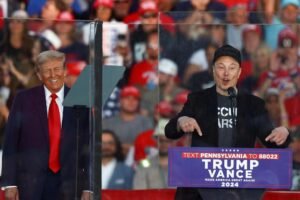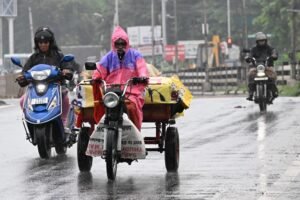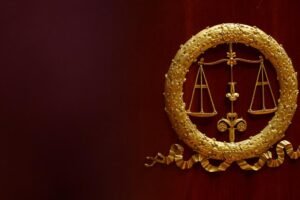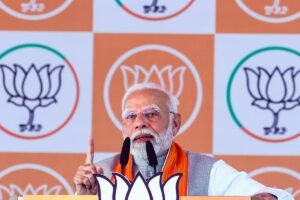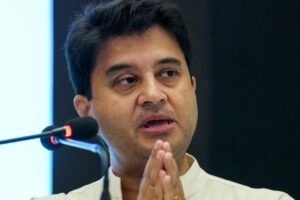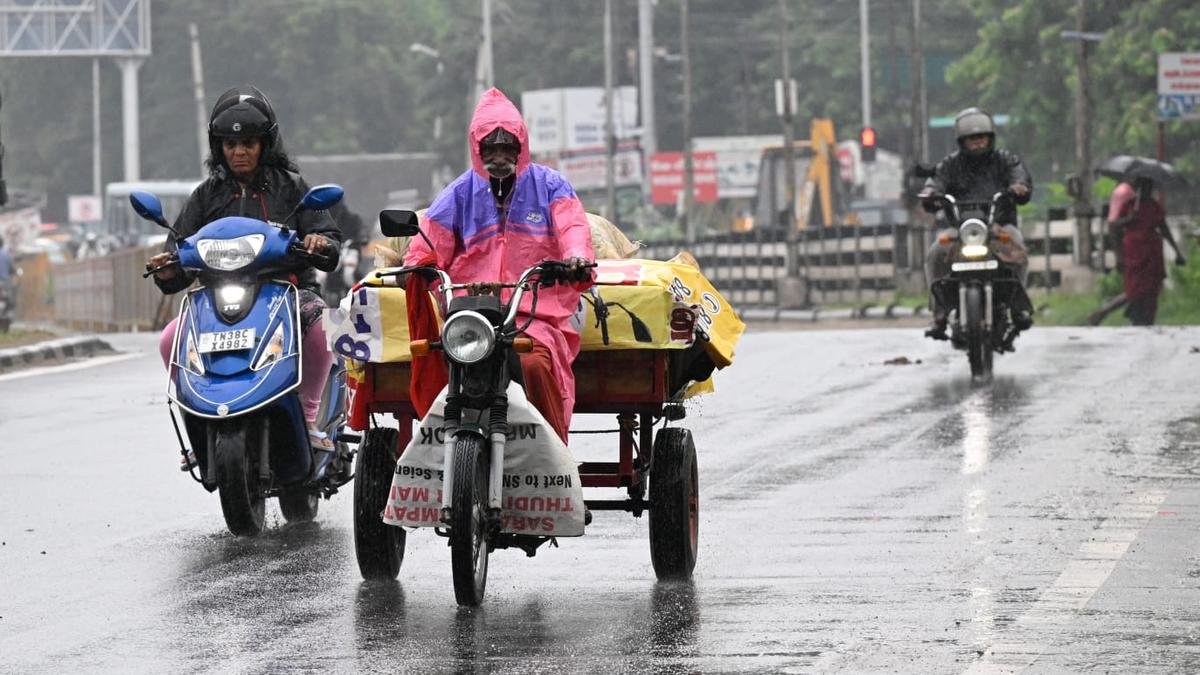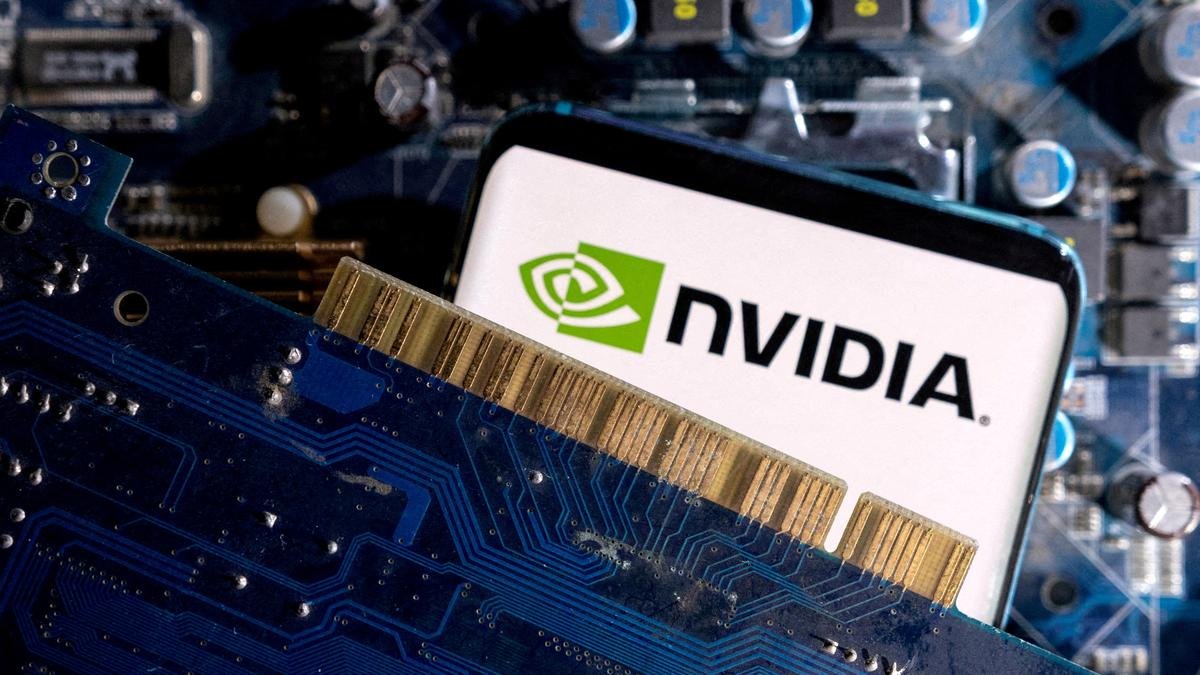Indira denied Justice HR Khanna CJI’s job 50 years ago. His nephew is CJI now
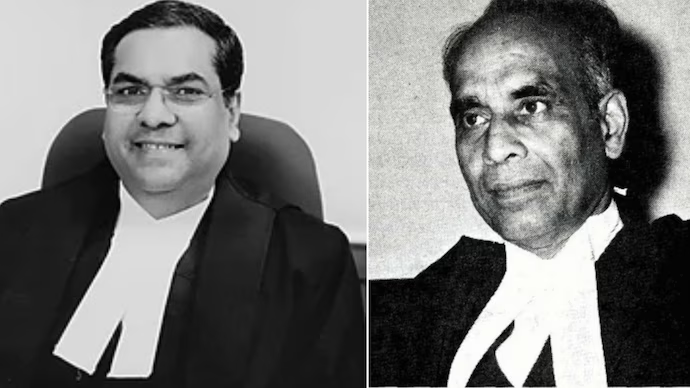
Justice Sanjiv Khanna took oath as the Chief Justice of India (CJI) on Monday. About 50 years ago, Justice HR Khanna, Sanjiv Khanna’s uncle and then the senior-most SC judge, was denied the CJI’s post by then Prime Minister Indira Gandhi. A look into why Justice HR Khanna is celebrated as one of India’s most fearless judges.
Justice HR Khanna’s Legacy Lives On as Nephew Becomes Chief Justice of India
“I have prepared the judgment which is going to cost me the Chief Justiceship of India,” Justice Hans Raj Khanna told his sister in 1976. Sitting on the banks of river Ganga in Haridwar, the Supreme Court judge was referring to a decision that would go on to create history. That was the ADM Jabalpur vs Shivkant Shukla case from the Emergency days, which sought to address the validity of suspension of fundamental rights during a national Emergency. His dissenting minority judgement shone through and is one of the most-cited when it comes to judicial fearlessness.
Although Justice HR Khanna’s dissent against Indira Gandhi cost him the Chief Justiceship, his stand in the ADM Jabalpur case resonates even after almost five decades. He upheld the Right to Life and Liberty, the heart of fundamental rights, even in the darkness of the Emergency.
Justice HR Khanna resigned as a Supreme Court judge after Indira Gandhi overlooked him and appointed a junior judge as the Chief Justice of India (CJI).
Forty-eight years later, Justice Hans Raj Khanna’s nephew, Justice Sanjiv Khanna, took oath as the 51st CJIon Monday, following the retirement of his predecessor, Justice DY Chandrachud.
Some saw the appointment of Justice Sanjiv Khanna as Chief Justice of India as a completion of nature’s cycle.
“Justice HS Khanna deserved the position of CJI 48 years ago. Now, his nephew, Justice Sanjiv Khanna, will take on that role. It feels like nature’s course correction,” wrote history enthusiast and podcaster Siddharth on X.
In January 1977, Justice HR Khanna could have become the 15th Chief Justice of India, but the government superseded him, appointing Justice Mirza Hameedullah Beg, a junior jurist, instead.
The ADM Jabalpur Case: The Battle for Judicial Oversight During the Emergency
when President Fakhruddin Ali Ahmed, on PM Indira Gandhi’s government’s recommendation, suspended fundamental rights under Article 359.
As citizens, opposition leaders, critics, were detained without trial and deprived of their rights, they flocked to the courts of justice. Now the ball was in the Courts to protect their rights, including the Right to Life and Liberty under Article 21, the cornerstone of Fundamental Rights.
The High Courts had ruled that despite the emergency, citizens retained the right to approach the judiciary. Which, however, the government of PM Indira Gandhi challenged in the Supreme Court. This led to the infamous judgement in the ADM Jabalpur case.
Other than Justice HR Khanna, the bench had Chief Justice AN Ray, and Justices, MH Beg, YV Chandrachud, and PN Bhagwati.
Attorney General of India Niren De represented the Union with little willingness. He had his arm twisted into appearing before the court as his British wife might have faced residency rejections, according to a report by legal news portal Live Law.
The Constitution Bench of five judges (formed to decide a case involving a substantial question of law as to the interpretation) in the ADM Jabalpur case held, by a 4:1 majority, that citizens had no right to seek judicial remedy during an emergency.
JUSTICE HR KHANNA ARGUED FOR PERSONAL LIBERTY
While dissenting, Khanna passionately argued for the preservation of personal liberty, stating that even during a state of emergency, authorities could not curtail the right to life and liberty.
“In view of his submissions, would there be any remedy if a police officer, because of his personal enmity, killed another man?,” asked Justice Khanna during the hearing.
“It may shock your conscience, it may shock my conscience, but consistently with my submissions, no proceedings can be taken in a court of law on that score,” replied De.
“… Detention without trial is an anathema to all those who love personal liberty,” Justice Khanna noted.
“If India ever finds a way back to the freedom and democracy that were proud hallmarks of its first eighteen years as an independent nation, someone will surely erect a monument to Justice HR Khanna of the Supreme Court,” The New York Times reported in 1976.
Justice Khanna, the lone dissenter, declared that life and liberty could not be left at the mercy of the executive.
He argued that even during times of emergency, courts must protect individual rights. His dissent showcased a courageous defense of the rule of law and constitutional values, especially in the face of the government’s efforts to crush any opposition.
WHEN JUSTICE HR KHANNA WAS DENIED THE CJI’S POST
In January 1977, months later, when Chief Justice AN Ray’s tenure ended, the system overlooked Justice Khanna, the seniormost judge. Instead, the government appointed Justice MH Beg, one of the judges who gave the majority verdict in the ADM case, as the Chief Justice of India.
Although Justice HR Khanna was the senior-most judge on the Supreme Court, he was denied the post of Chief Justice by Prime Minister Indira Gandhi in 1977.
In protest, Justice Khanna resigned the same day after learning about the development on radio.
His stand for constitutional rights cost him the CJI’s job.
Following the end of the 21-month National Emergency and the fall of Indira Gandhi’s government, Hans Raj Khanna became the chairman of the Law Commission, serving until 1979.
Justice HR Khanna’s Legacy Lives On as Nephew Takes Over as Chief Justice
Prime Minister Charan Singh appointed him as the Union Minister of Law and Justice, but Khanna resigned after just three days.
In 1982, Khanna stood as a combined opposition candidate in the presidential election but lost to Zail Singh.
No physical monument, as the New York Times report desired, exists for the fearless judge. However, senior Supreme Court advocate Sanjay Hegde says, “Justice HR Khanna’s portrait hangs in Courtroom 2 of the Supreme Court, from which he resigned after the system superseded him as CJI.”
It is also a striking piece of coincidence that Justice Sanjiv Khanna, now the Chief Justice, began his Supreme Court career in the very same Courtroom 2, in the presence of his uncle’s portrait.
As Justice Sanjiv Khanna assumes the highest judicial office in the country, his appointment brings back to memory the injustice done to Justice HR Khanna, his uncle and one of the most fearless judges that India has seen.

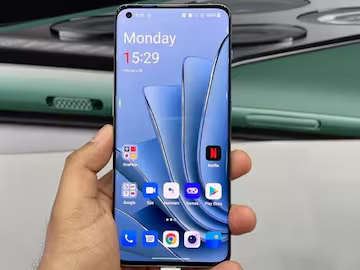
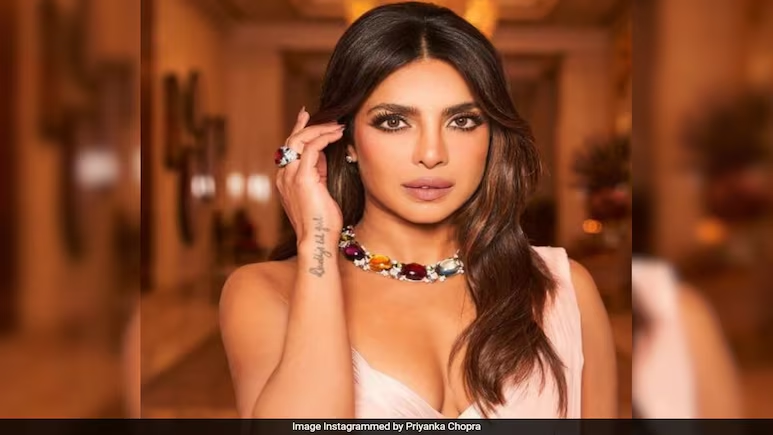
 English
English Hindi
Hindi Kannada
Kannada Malayalam
Malayalam Tamil
Tamil Telugu
Telugu